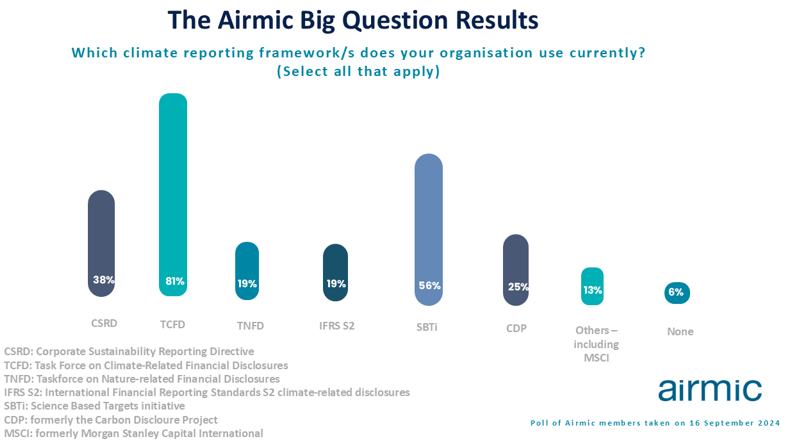In August, Jonathan Reynolds, the new Secretary of State for the Department for Business and Trade, called on insurers to make sure that businesses affected by rioting across the country “receive the cover that they are entitled to through their insurance policies as swiftly as possible”.
He pointed out that the business owners he talked to “weren’t aware if they were insured or underinsured, [or] that there was still help available to them”. He went on to stress that “it is important that those who seek to divide us do not succeed by pushing out the businesses that bring us together as a community”.
So what does settling claims “as swiftly as possible” mean in practice?
During the 2011 riots and the introduction of the Riot Compensation Act (2016), there was widespread consensus that some claims were not paid quickly enough. This was because of problems in sharing information between insurers and the organisations administering publicly-funded compensation. Insurers were able to recoup public compensation where victims of the riots were entitled to it, but in some cases waited for confirmation that the compensation would be paid. The bodies administering the payments often wanted more information than the insurers would normally gather. As a result, victims of rioting suffered from being doubly-covered, when they had done the right thing by buying insurance in the first place. A lack of arrangements to delegate authority around paying claims to professionals, such as loss adjusters, also slowed down the process.
In the wake of the 2011 riots, the insurance profession and the Government worked together to improve payment of claims. The Government created a new Claims Authority to administer public funds for riot compensation, while insurance professionals drew up new guidance for paying claims. This included a CII New Generation report that recommended that:
1. Insurers should ensure that ‘insurer claims’ to the Claims Authority are submitted with sufficient documentation and information;
2. Unless a claim is exceptionally complex, or there are specific concerns about the validity of a claim, payments authorised by the Claims Authority should be made based on a combination of: estimates/loss adjuster reports, supporting images, invoices or proof of payments; and
3. Insurance professionals and the new Claims Authority should work together to use powers created in the Riot Compensation Regulations (2017) that allow for a loss adjuster to take delegated authority for a claim (where the loss adjuster takes full or limited control of a claim).
The CII later produced guidance around ‘surge events’ that stressed the importance of checking in with the customer to see how they are progressing after steps have been taken to restore them back to normal. It said: “Sometimes people feel abandoned by their insurer which is why it’s important to maintain trust by staying with them during the claims process.”
The claims outcome of the civil unrest in August will be an important ‘moment of truth’ to discover how much the insurance profession has learned from the lessons of 2011 and, where necessary, what more may need to be done.
Printed Copy:
Would you also like to receive CIR Magazine in print?
Data Use:
We will also send you our free daily email newsletters and other relevant communications, which you can opt out of at any time. Thank you.












YOU MIGHT ALSO LIKE